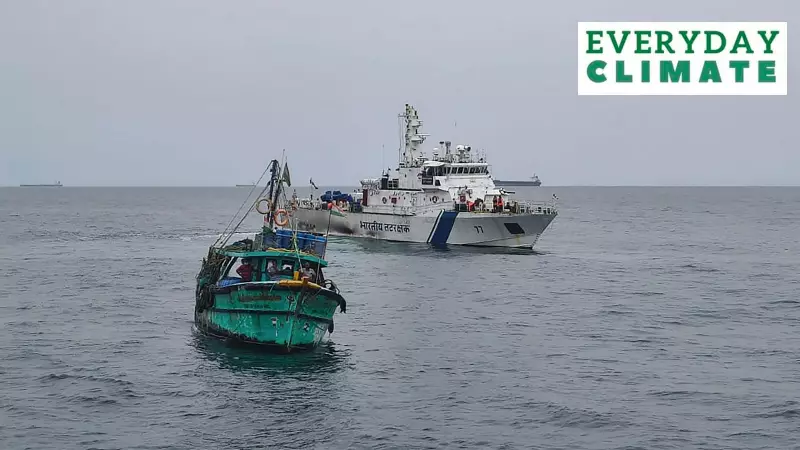
The Indian Meteorological Department (IMD) has raised alarm bells as Cyclone Mocha transforms into a severe cyclonic storm over the Southeast Bay of Bengal. The weather system is demonstrating rapid intensification, prompting authorities to issue crucial warnings for coastal regions.
Storm Trajectory and Expected Impact
Currently positioned approximately 510 km west-northwest of Port Blair in the Andaman Islands, Cyclone Mocha is moving northeastward at 13 kmph. The storm system is projected to continue its northward journey before gradually recurving toward the Bangladesh and Myanmar coasts around May 12-13.
Rainfall Warnings Across Multiple States
The IMD has issued significant rainfall alerts for several regions:
- Andaman & Nicobar Islands: Heavy to very heavy rainfall expected until May 12
- Odisha Coast: Light to moderate rainfall anticipated from May 11-13
- West Bengal: Coastal areas may experience rainfall between May 12-14
- Northeastern States: Isolated heavy rainfall likely from May 12-14
Fishermen Advisory and Safety Measures
The weather department has issued a stern warning for fishermen, advising complete avoidance of the Southeast Bay of Bengal until May 10. Those in the Andaman Sea and along the Odisha-West Bengal coasts should exercise extreme caution from May 11-13 due to anticipated squally weather conditions with wind speeds reaching 45-55 kmph, gusting to 65 kmph.
Understanding Cyclone Formation Patterns
This early May cyclone follows typical pre-monsoon weather patterns for the North Indian Ocean region. Historical data indicates that May represents the transition period between the primary cyclone seasons, with systems often forming in the Bay of Bengal before the monsoon establishes itself.
The IMD continues to monitor Cyclone Mocha's progression closely, with regular updates being issued to ensure public safety and preparedness across vulnerable coastal regions.





